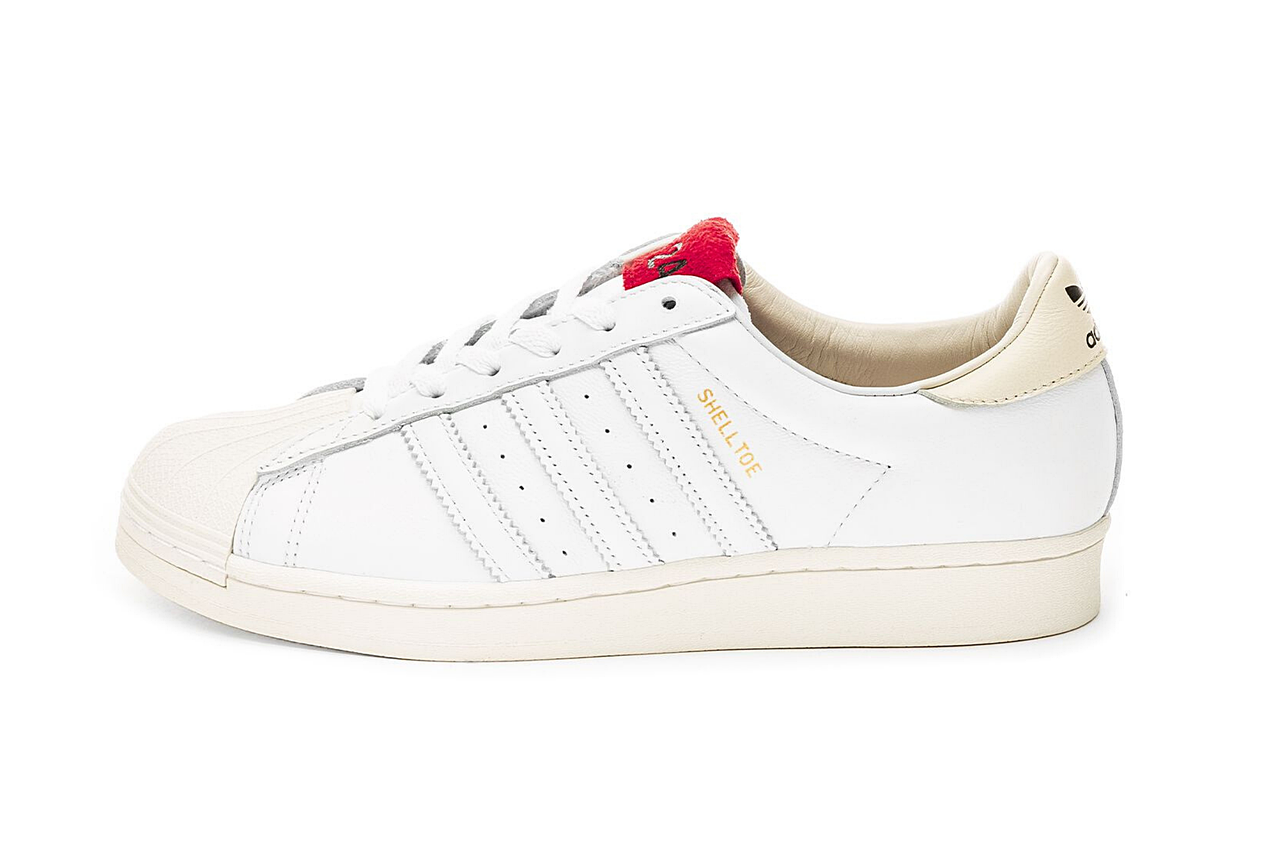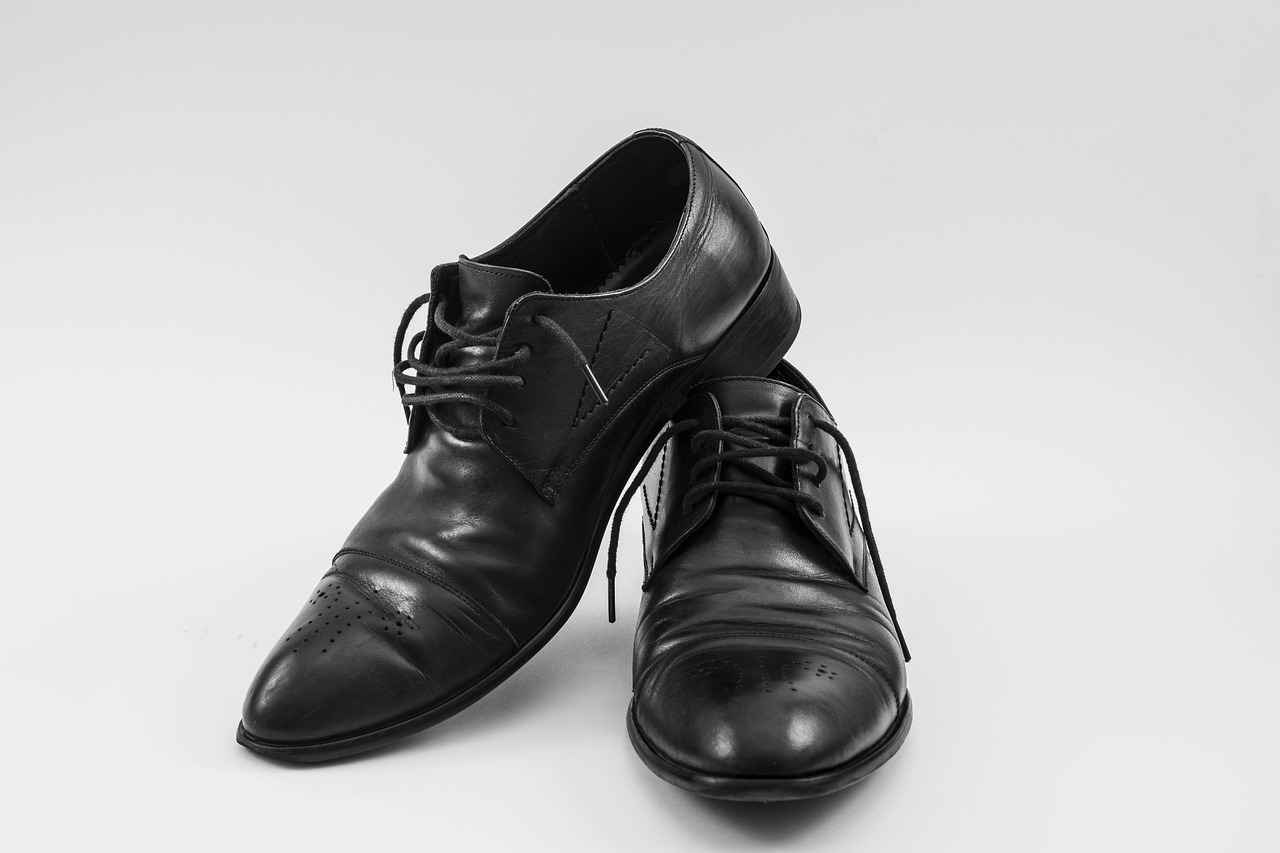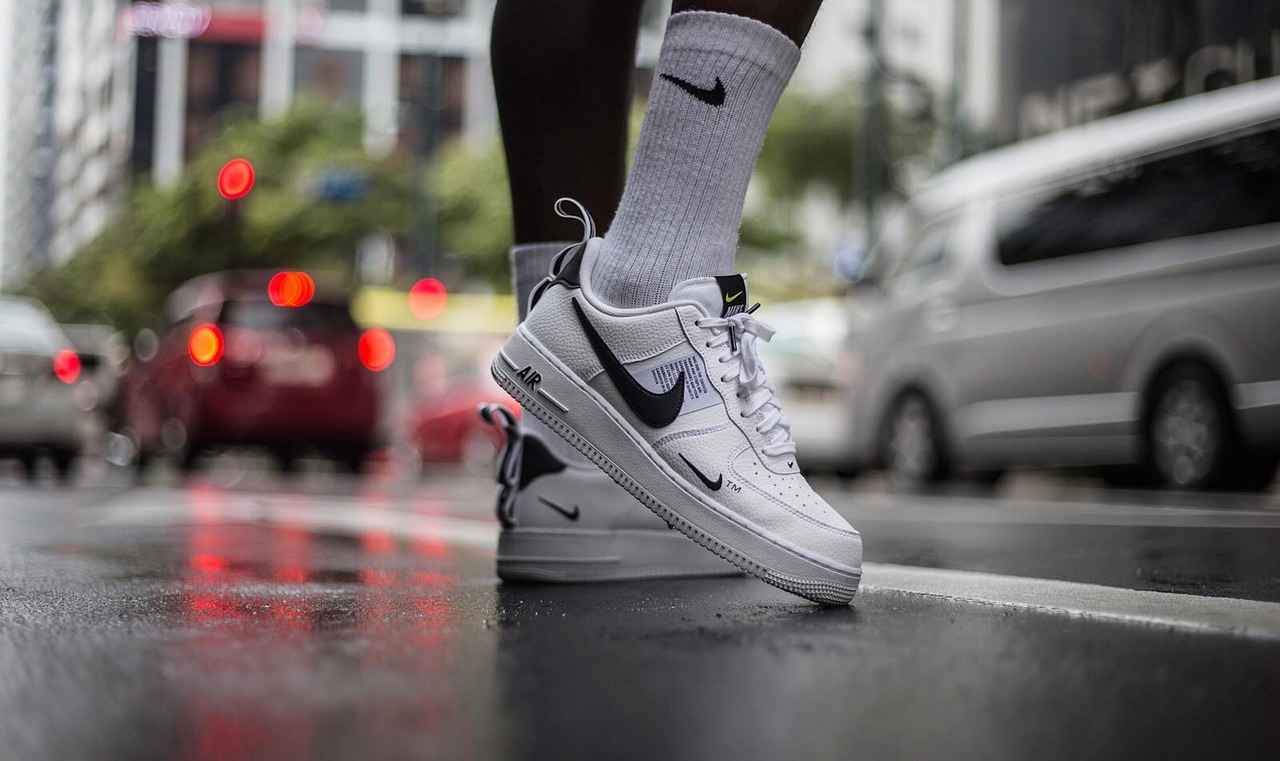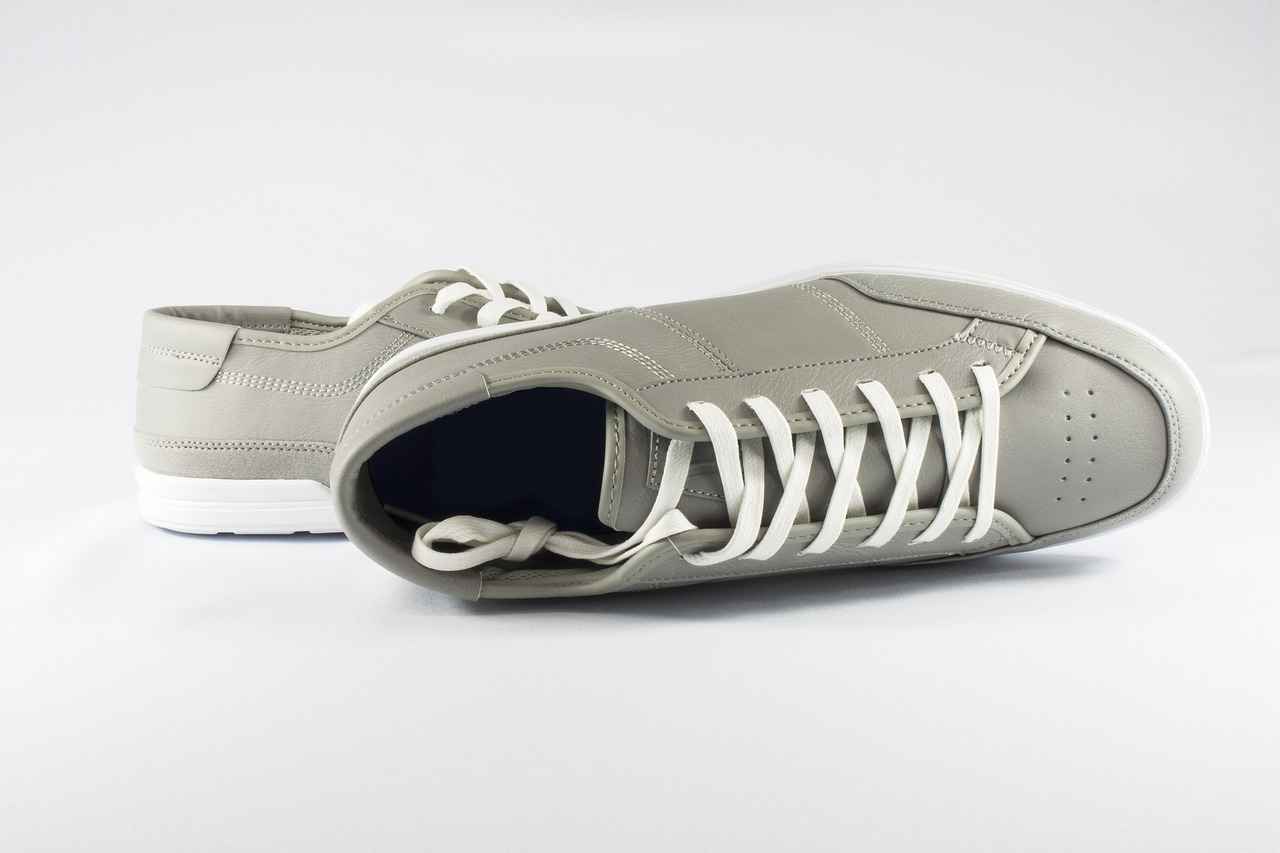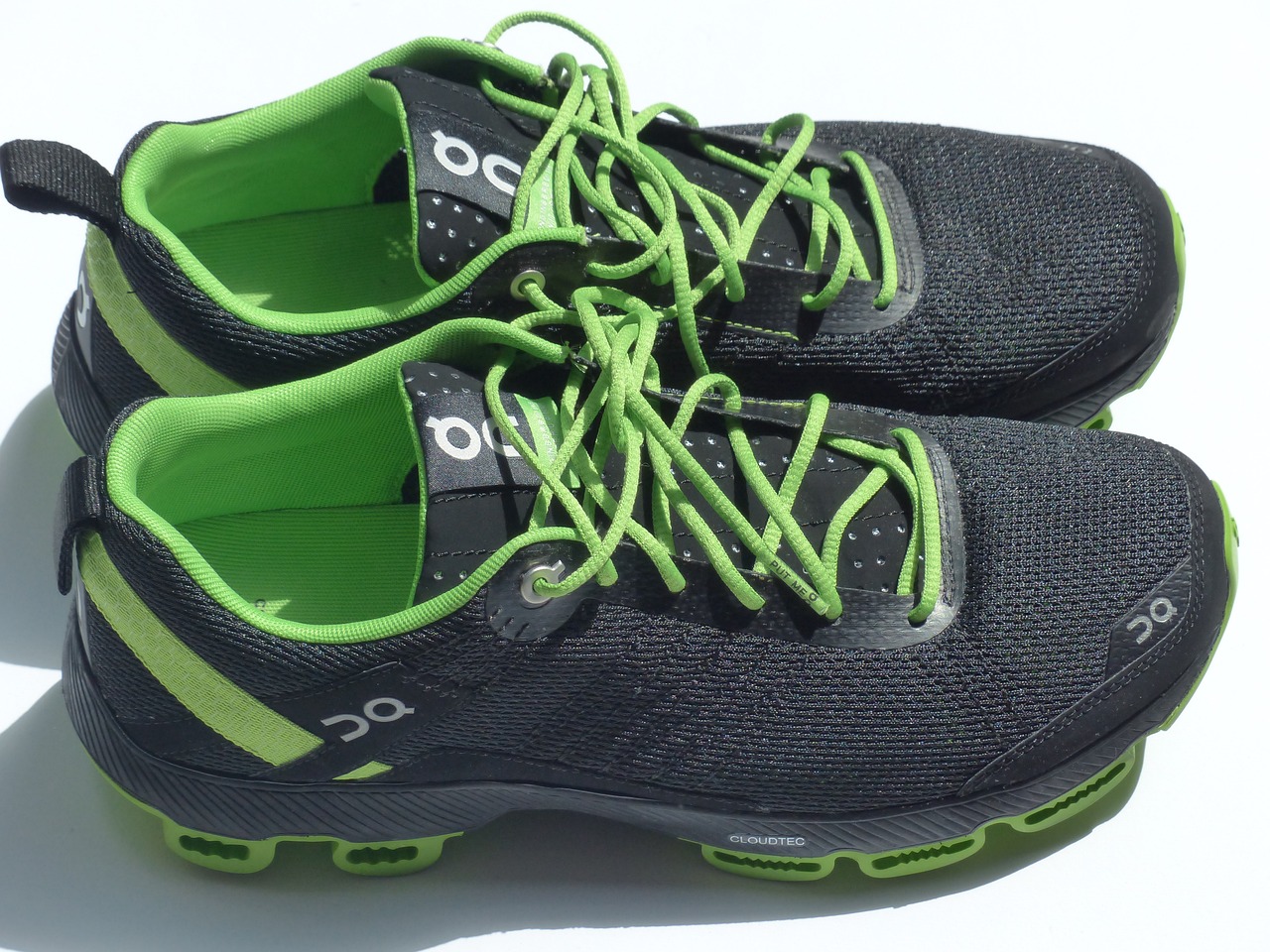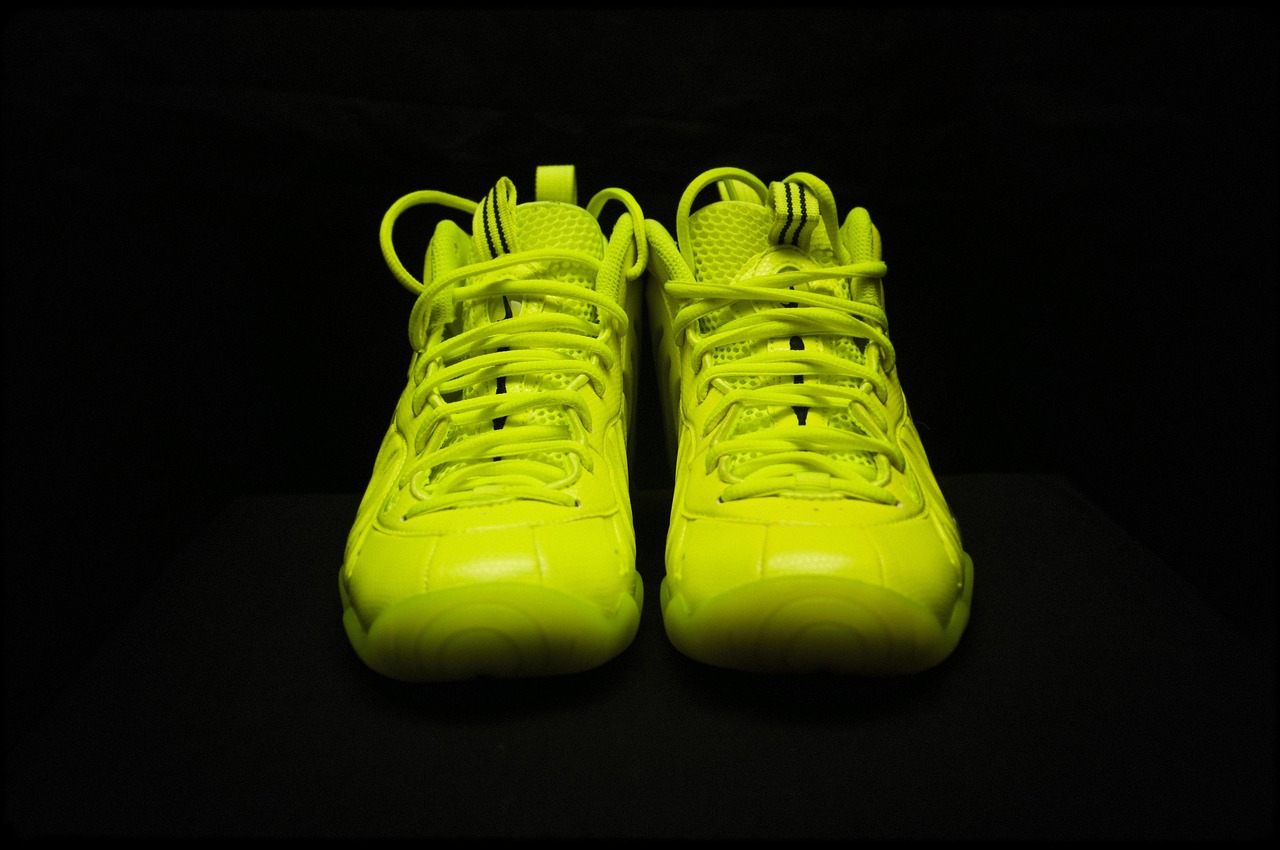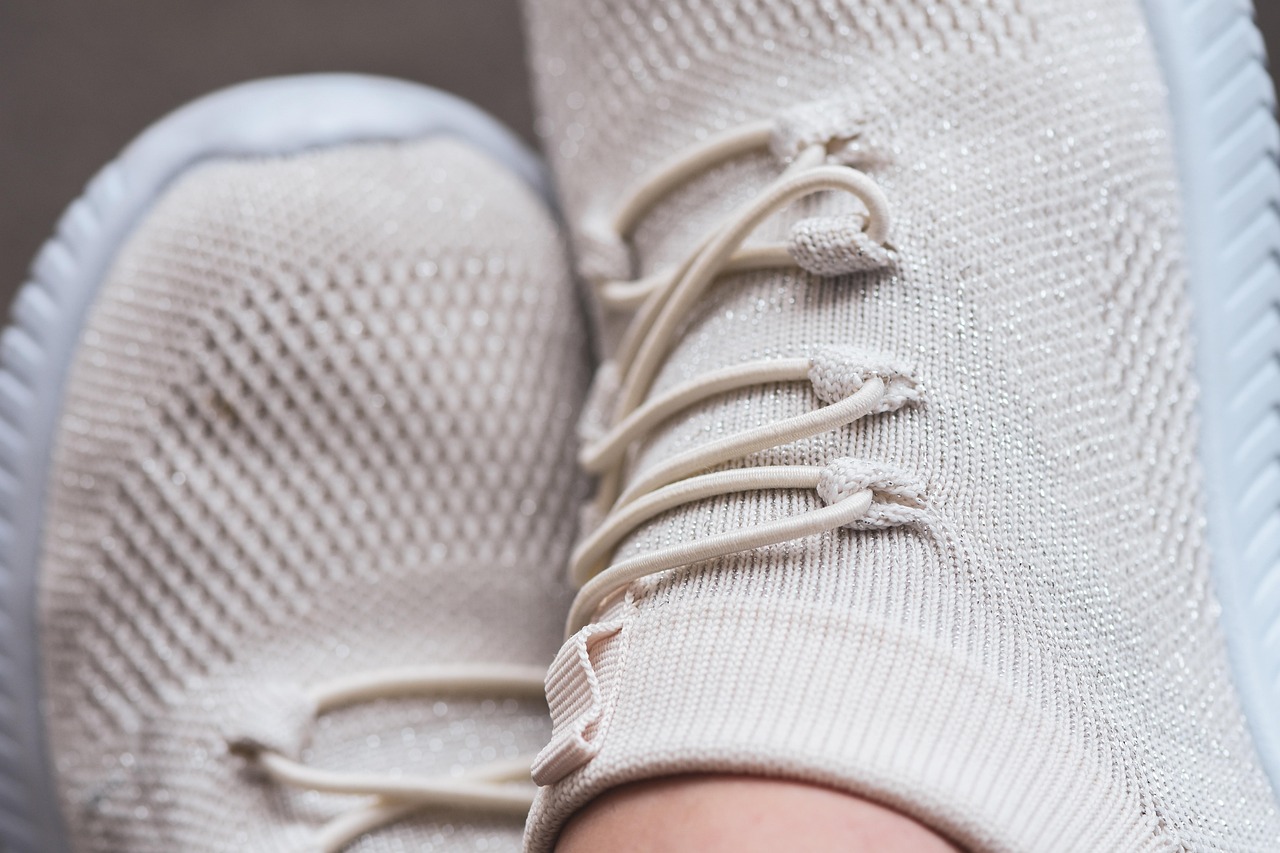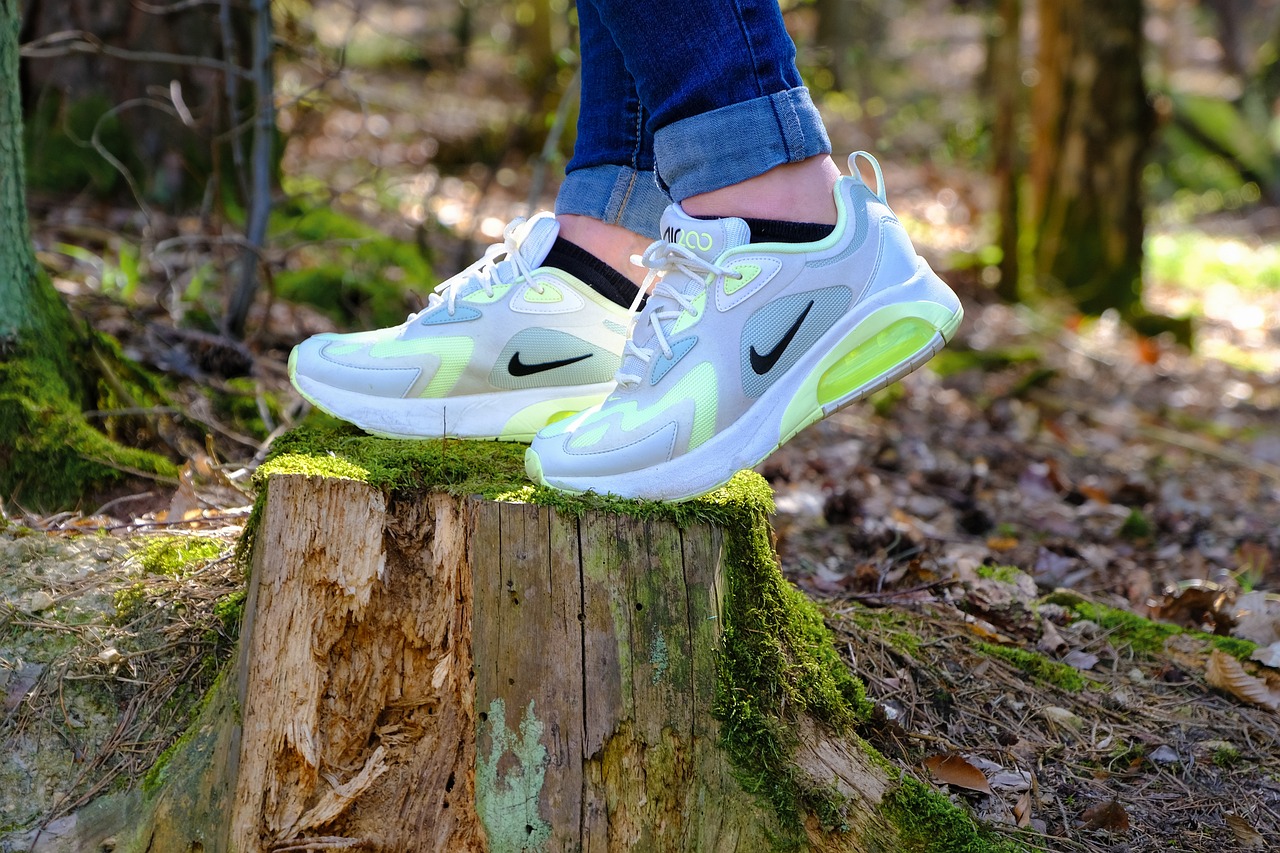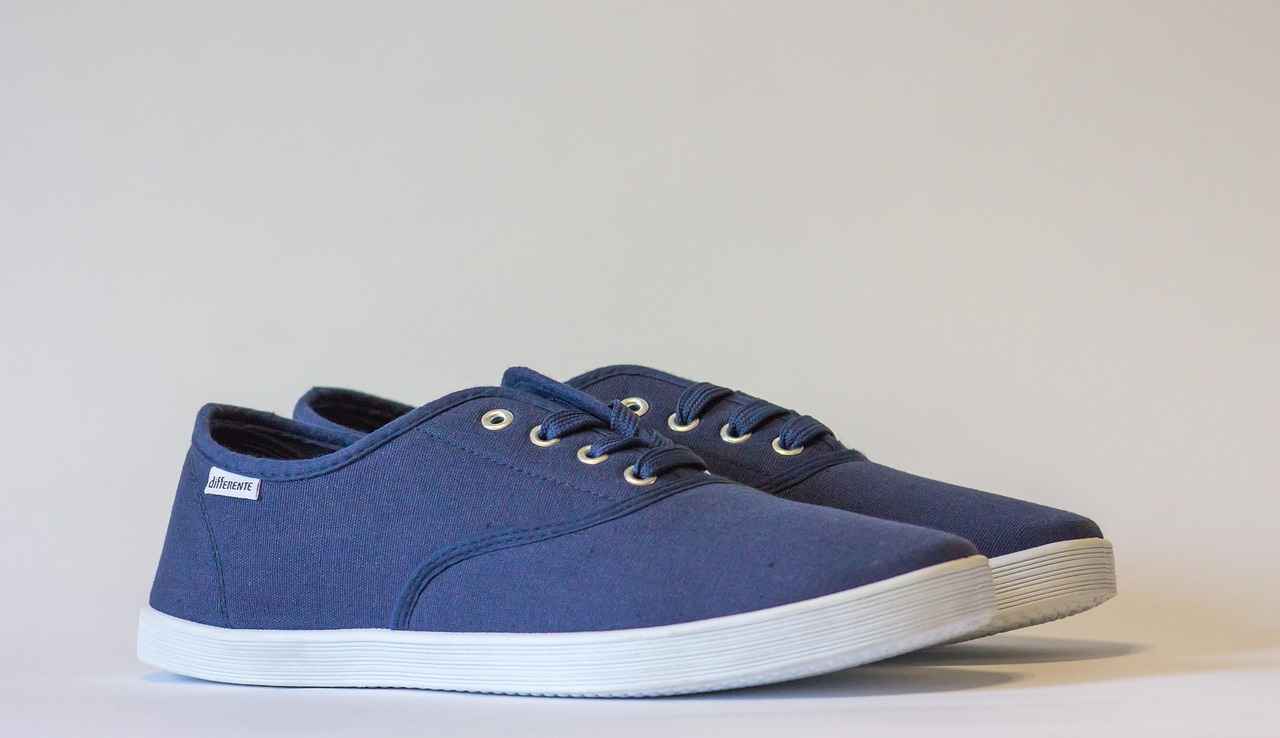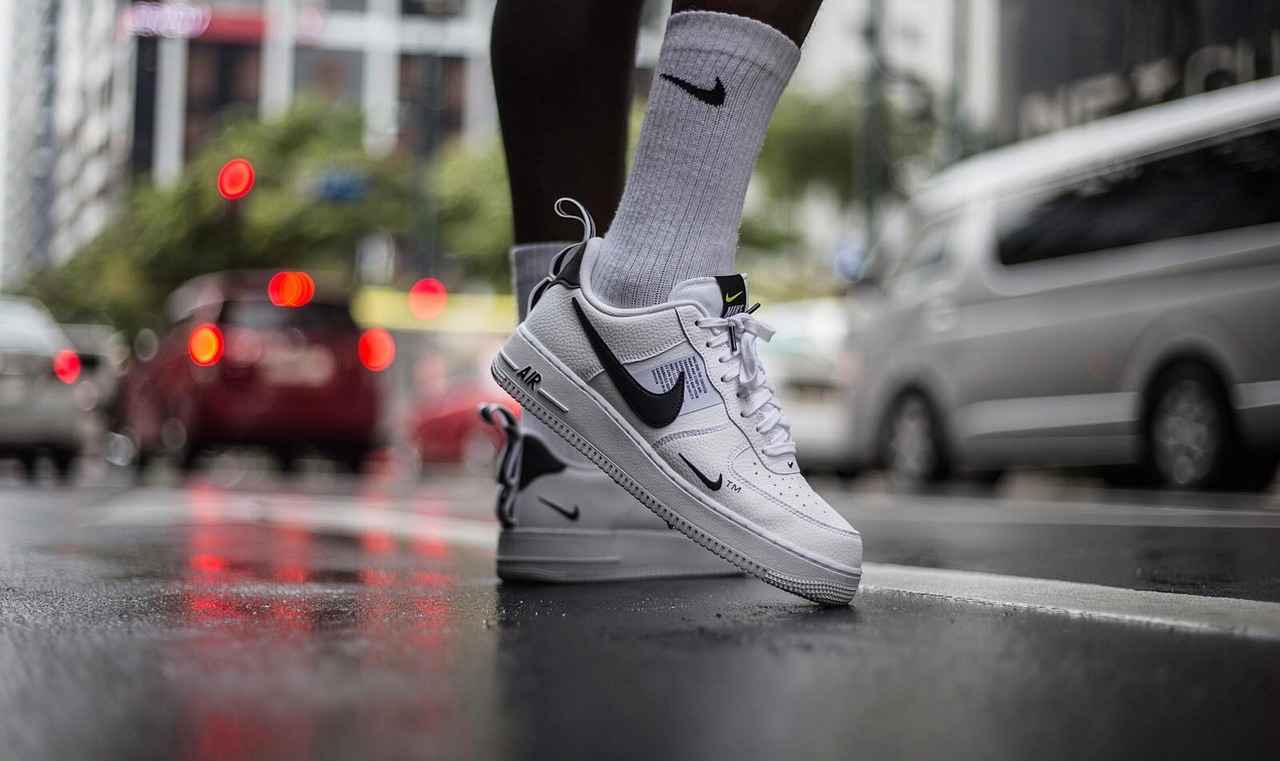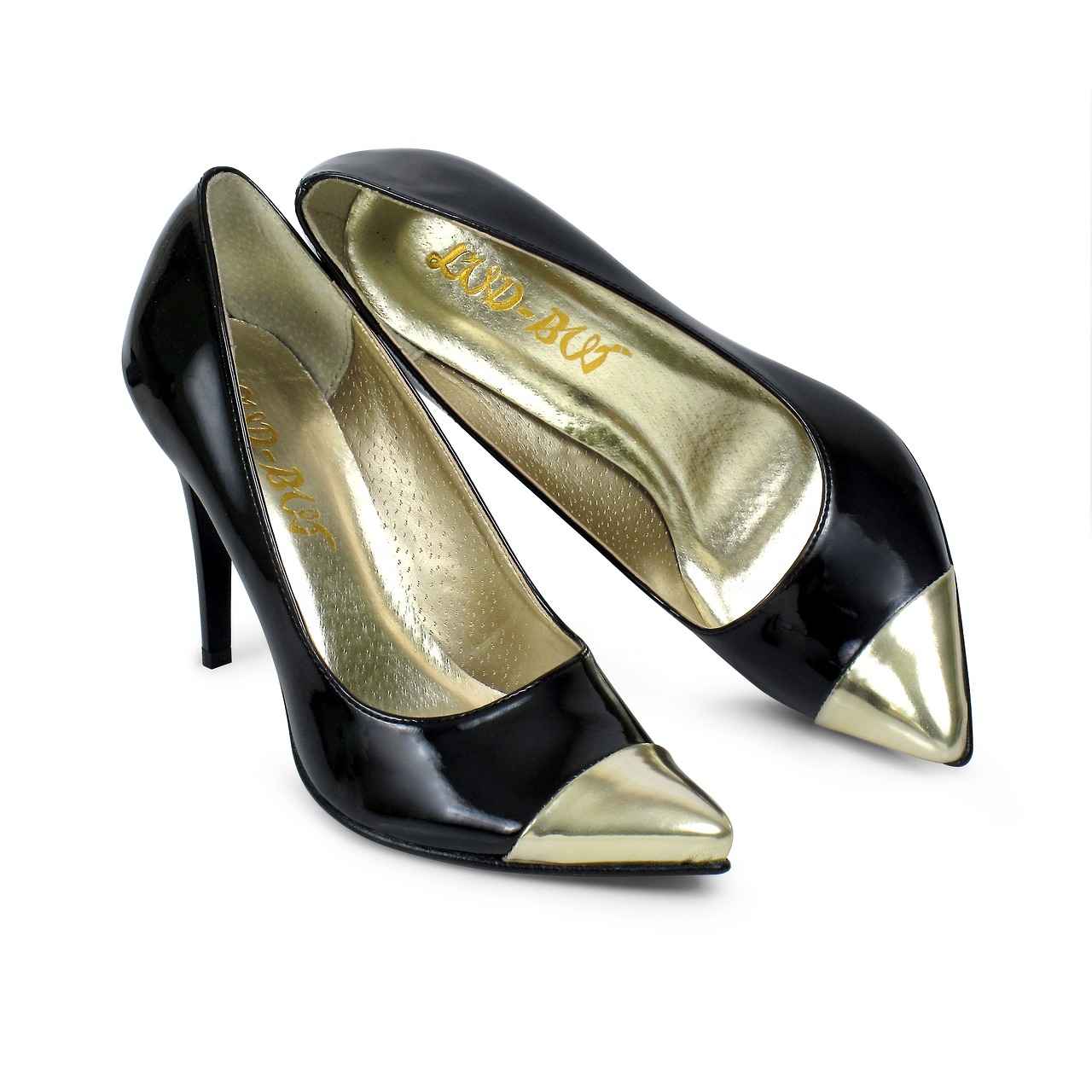This article delves into the unique features, market positioning, and consumer perceptions of New Balance, contrasting it with leading sneaker brands such as Nike, Adidas, and Puma. Our goal is to provide a comprehensive guide for sneaker enthusiasts, highlighting what sets New Balance apart in a crowded marketplace.
New Balance has a rich history that dates back to 1906, evolving from a small arch support company to a globally recognized sneaker brand. This journey has shaped its identity, emphasizing performance and comfort, which resonates with a loyal customer base. Unlike its competitors, New Balance has maintained a commitment to domestic manufacturing, particularly in the United States, which appeals to consumers seeking quality and craftsmanship.
- Product Range: New Balance offers a diverse selection of sneakers, catering to both performance and lifestyle segments. Their innovative technologies, such as Fresh Foam and FuelCell, provide superior cushioning and support, making them a favorite among runners.
- Target Demographics: New Balance targets a wide range of consumers, from serious athletes to casual wearers. This strategic positioning allows them to carve out a niche in the competitive athletic footwear market.
- Quality and Craftsmanship: Renowned for their durability, New Balance sneakers are often praised for their high-quality materials and construction, setting them apart from other brands.
In terms of performance features, New Balance incorporates advanced technology to enhance athletic performance. Their shoes are designed with the athlete in mind, offering features like breathable mesh uppers and responsive midsoles. This commitment to innovation rivals that of Nike and Adidas, known for their cutting-edge designs.
When it comes to pricing strategies, New Balance often positions itself as a mid-range brand, providing excellent value for money compared to its competitors. This pricing approach appeals to budget-conscious consumers seeking quality footwear.
Consumer reviews highlight a strong sense of brand loyalty towards New Balance, with many users reporting high satisfaction levels. This feedback is vital for understanding the company’s market position and consumer trust.
Additionally, New Balance has engaged in collaborations with designers and celebrities, enhancing its appeal in the sneaker culture. These limited editions create buzz and attract collectors, similar to initiatives by other brands.
As sustainability becomes increasingly important, New Balance is making strides in eco-friendly practices, such as using recycled materials in their products. This commitment aligns with consumer values and sets a positive example in the sneaker industry.
With a growing global presence, New Balance continues to expand its market reach, ensuring accessibility for consumers worldwide. Their unique style and aesthetic appeal attract a diverse audience, blending performance with fashion.
Looking ahead, New Balance is poised to adapt to emerging trends in the sneaker industry, focusing on sustainability and innovative designs to meet changing consumer preferences. By analyzing these aspects, sneaker enthusiasts can better understand the brand’s position relative to its competitors.
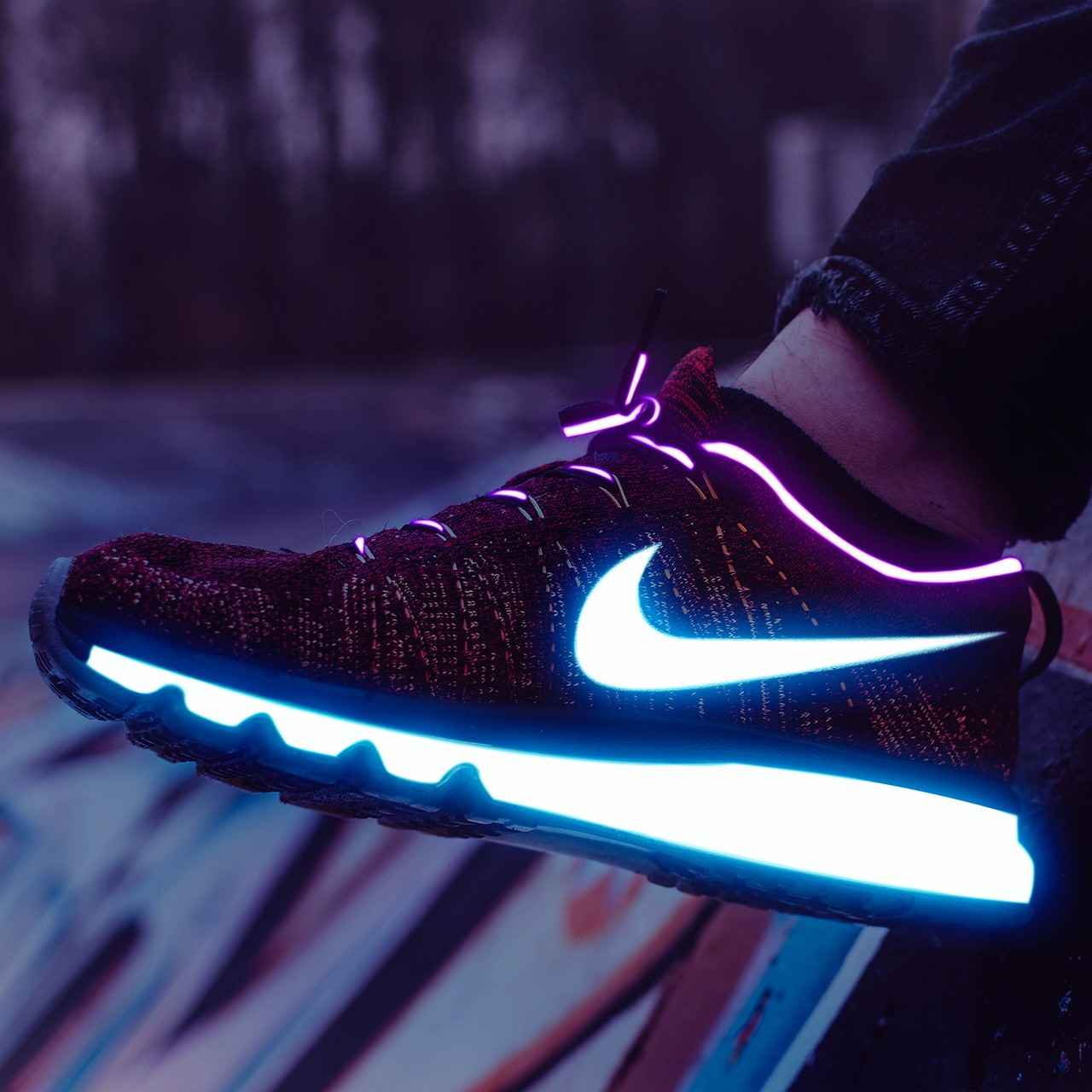
Brand History and Evolution
New Balance, a prominent name in the athletic footwear industry, has a rich history that dates back to 1906 when it was founded as a small arch support company in Boston, Massachusetts. Initially focused on producing orthopedic shoes, the brand gradually evolved its product offerings to include running and lifestyle sneakers. This transformation reflects a broader trend in the athletic footwear market, where brands must continuously adapt to shifting consumer preferences and technological advancements.
In the 1970s, New Balance gained significant traction as the running boom surged in the United States. The brand’s commitment to quality and performance led to the introduction of the iconic 990 model, which was revolutionary for its time, offering superior cushioning and support. This model not only established New Balance as a serious contender in the sneaker market but also set a benchmark for quality that many competitors would strive to meet.
As the company progressed, it embraced innovation while maintaining its core values of comfort and durability. The introduction of technologies such as Fresh Foam and ABZORB cushioning systems exemplifies New Balance’s commitment to enhancing athletic performance. These innovations have allowed the brand to cater to a diverse range of athletes, from casual runners to serious competitors.
In recent years, New Balance has carved out a unique niche by focusing on a blend of performance and lifestyle. The brand has successfully positioned itself as a go-to choice for consumers seeking stylish yet functional footwear. This strategic pivot has helped New Balance thrive in a competitive landscape dominated by giants like Nike and Adidas.
Moreover, New Balance’s emphasis on manufacturing in the USA has resonated with consumers who value local craftsmanship and sustainability. This dedication to quality and ethical production has strengthened the brand’s reputation and consumer loyalty, further solidifying its place in the market.
Overall, understanding the origins and evolution of New Balance not only highlights its unique journey but also contextualizes its current market position among other sneaker brands, showcasing how it continues to innovate and adapt in a rapidly changing industry.
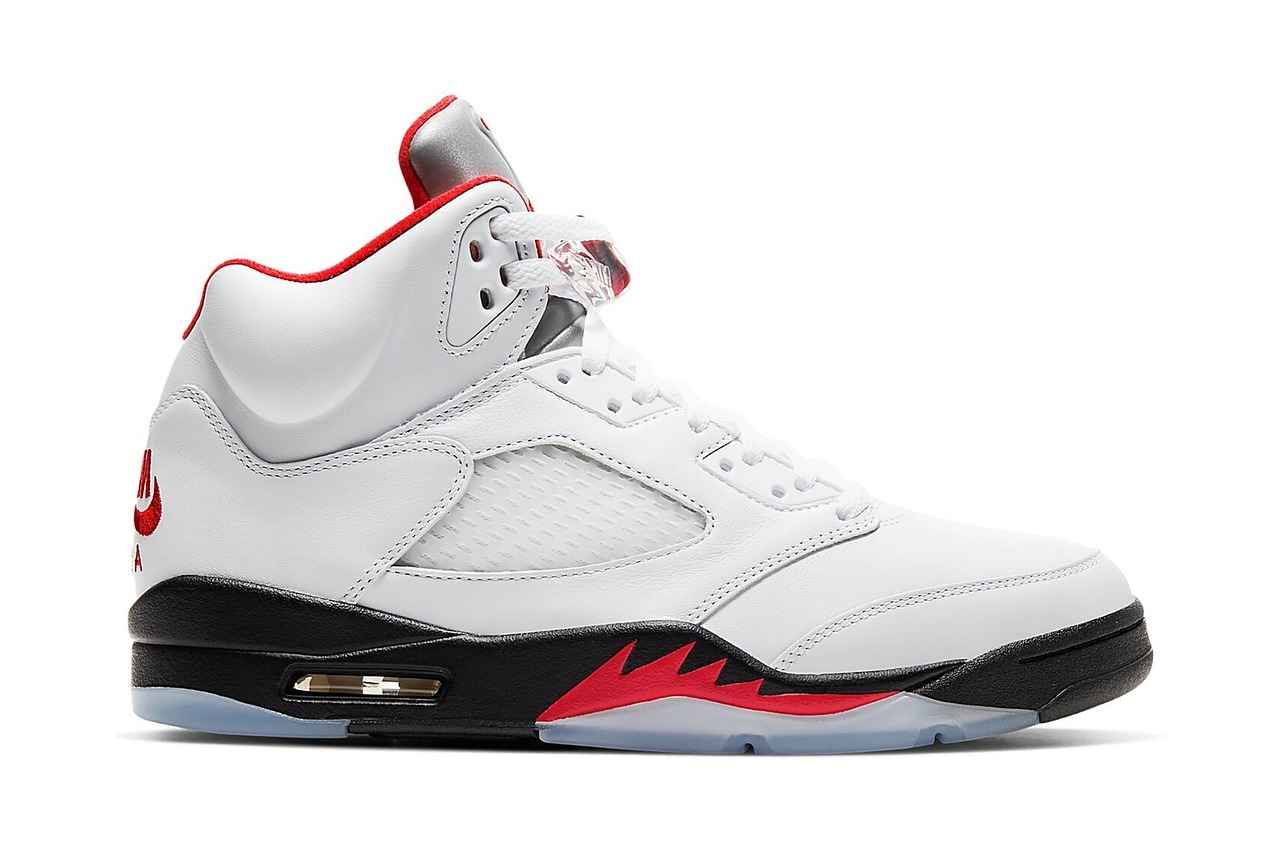
Product Range and Innovations
New Balance is renowned for its diverse range of sneakers, catering to various needs from high-performance athletic shoes to stylish lifestyle models. This extensive selection underscores the brand’s commitment to innovation and quality, setting it apart in a competitive market.
One of the standout features of New Balance sneakers is their integration of advanced technologies. For example, the brand employs Fresh Foam cushioning, which provides superior comfort and support, making it ideal for long-distance runners. This technology enhances the overall running experience, reducing the impact on joints and improving performance.
In addition to Fresh Foam, New Balance has developed the FuelCell technology, which is designed to deliver a propulsive feel, making it perfect for competitive athletes. This innovation positions New Balance as a strong contender against competitors like Nike, which utilizes its own proprietary technologies such as Zoom Air and React foam.
Moreover, New Balance is committed to providing a fit that caters to a wide range of foot shapes. Their Wide Fit Options ensure that consumers can find the perfect fit, a feature not always available with other brands. This focus on fit is particularly appealing to consumers who may struggle with standard sizing.
When comparing New Balance to brands like Adidas and Puma, it becomes clear that while all these companies offer innovative technologies, New Balance emphasizes a blend of performance and lifestyle aesthetics. For instance, their collaborations with designers have led to unique models that not only perform well but also make a fashion statement.
In summary, New Balance’s commitment to innovation and a broad product range allows it to compete effectively in the sneaker market. By focusing on performance technologies and fit, it appeals to a diverse audience, ensuring that both athletes and casual wearers can find a suitable option.
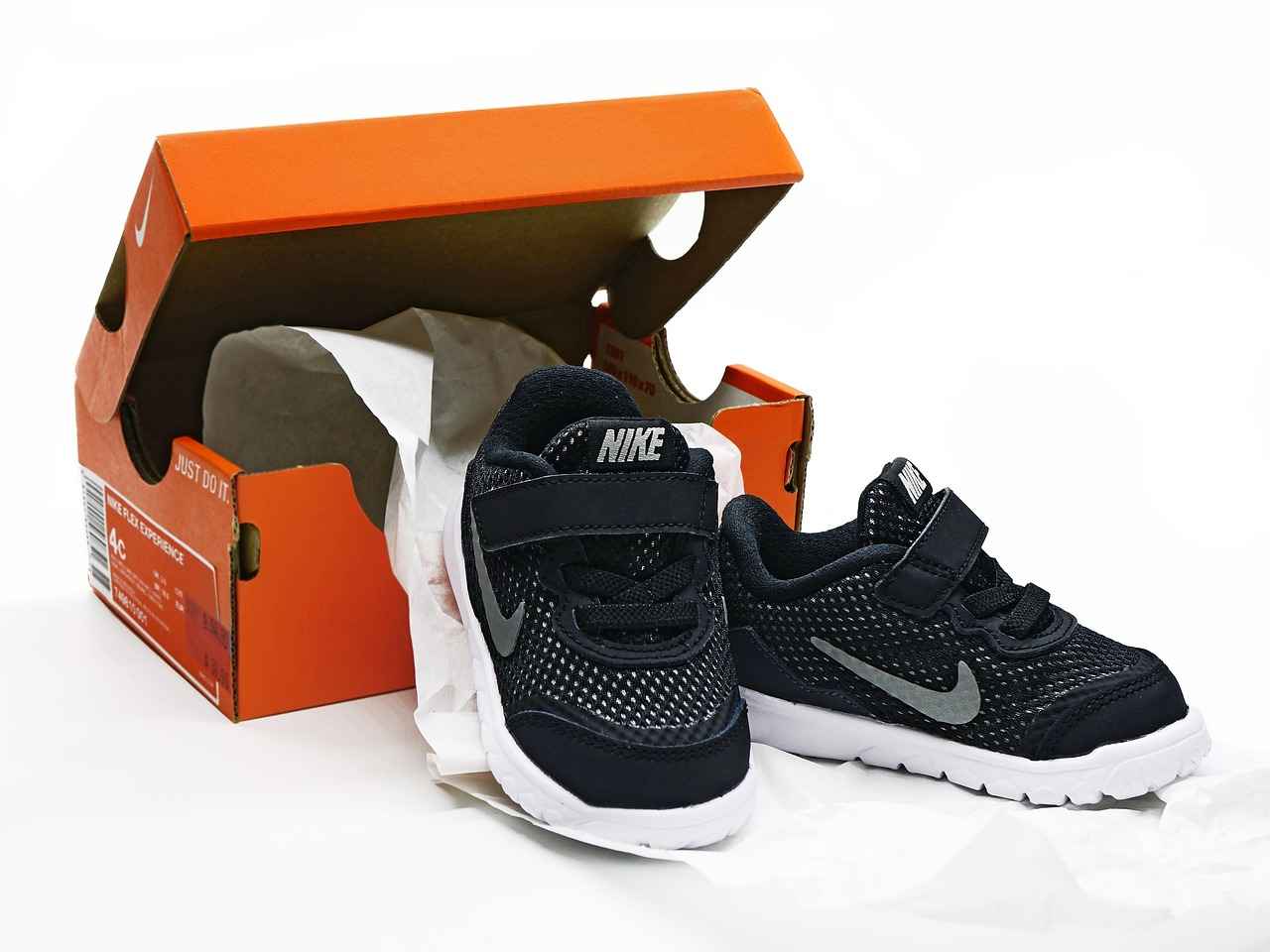
Target Demographics and Market Positioning
Understanding the target demographics of New Balance is crucial for analyzing its market positioning within the competitive sneaker landscape. Unlike many other brands that primarily focus on younger consumers, New Balance has carved a niche that appeals to a diverse audience, including athletes, fitness enthusiasts, and those who prioritize comfort and style in their everyday footwear.
New Balance’s marketing strategy is particularly effective in attracting consumers who value quality and performance. The brand has successfully positioned itself as a go-to choice for individuals seeking durability and support in their athletic shoes. This is evident in their extensive range of products designed for various activities, from running to casual wear.
In contrast to brands like Nike and Adidas, which often target a younger, trend-driven demographic, New Balance appeals to a broader age range. Their marketing campaigns frequently highlight inclusivity and authenticity, showcasing real people rather than just athletes or celebrities. This approach resonates well with consumers who appreciate a more relatable brand image.
Furthermore, New Balance has made significant strides in appealing to the growing market of environmentally-conscious consumers. Their commitment to sustainability, including the use of recycled materials and ethical manufacturing practices, enhances their appeal to a demographic that prioritizes corporate responsibility.
Additionally, the brand’s collaborations with designers and influencers have helped attract a younger audience without alienating its core customer base. By leveraging these partnerships, New Balance positions itself as a brand that is both fashion-forward and functional, appealing to a wide spectrum of sneaker enthusiasts.
In summary, New Balance’s strategic focus on diverse target demographics, coupled with its commitment to quality, sustainability, and inclusivity, has established a unique market position. This approach not only sets it apart from competitors but also fosters a loyal customer base that values both performance and ethical practices.

Quality and Craftsmanship
The quality and craftsmanship of New Balance sneakers are frequently praised by consumers, setting them apart in the crowded sneaker market. This section will delve into these attributes, comparing them with those of other leading brands such as Nike, Adidas, and Puma, and emphasizing aspects like durability and design.
New Balance has built a reputation for its meticulous attention to detail and high-quality materials. Each pair of sneakers is crafted with precision, ensuring that they not only meet but often exceed consumer expectations. This commitment to quality is evident in the use of premium materials, advanced manufacturing techniques, and rigorous quality control processes. Consumers often report that New Balance sneakers provide superior comfort and support, making them ideal for both athletic performance and everyday wear.
In contrast, while brands like Nike and Adidas also prioritize quality, they may focus more on innovative design and marketing strategies to appeal to a broader audience. Nike, for instance, is known for its cutting-edge technology and trendy aesthetics, which can sometimes overshadow the importance of craftsmanship in their production. Similarly, Adidas emphasizes collaborations and fashion-forward designs, which may lead to a compromise in the traditional craftsmanship that New Balance is known for.
| Attribute | New Balance | Nike | Adidas |
|---|---|---|---|
| Materials | Premium, durable | Innovative, synthetic | Eco-friendly options available |
| Craftsmanship | Handcrafted, meticulous | Mass production | Stylish, trendy |
| Comfort | High support | Performance-oriented | Fashion-focused |
Furthermore, consumers often highlight the durability of New Balance sneakers, noting that they tend to last longer than those from some of their competitors. This longevity is a significant factor for many buyers, as it translates to better value over time. While Nike and Adidas offer a range of performance-enhancing features, the emphasis on durability and craftsmanship in New Balance products often results in a loyal customer base that appreciates these qualities.
In summary, the quality and craftsmanship of New Balance sneakers stand out when compared to other leading brands. Their focus on durable materials, meticulous construction, and comfort positions them as a top choice for consumers who prioritize these attributes in their footwear.
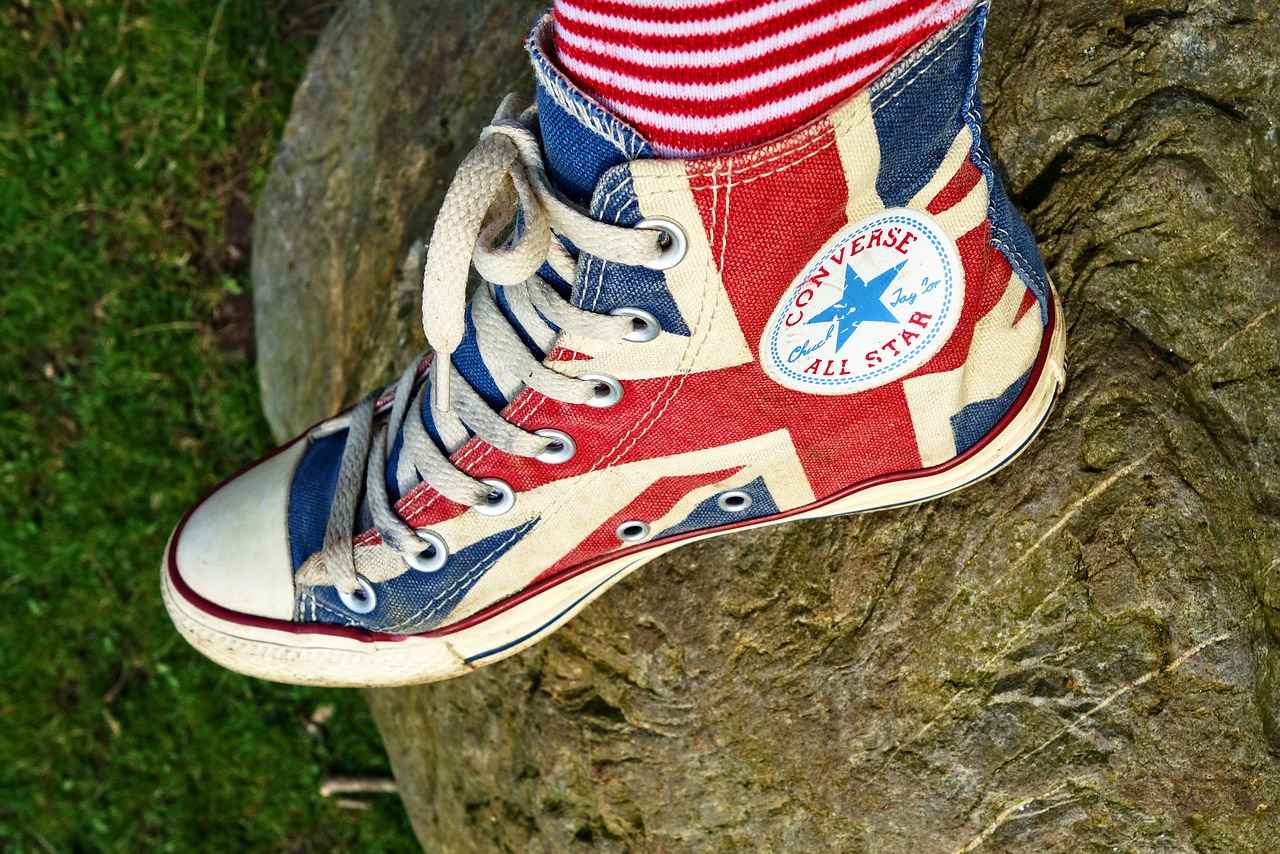
Performance Features and Technologies
New Balance has carved a niche in the athletic footwear industry by integrating a range of performance features that cater to both serious athletes and casual wearers. The brand’s commitment to innovation is evident in its use of advanced technologies designed to enhance comfort, support, and overall performance.
One of the standout technologies in New Balance sneakers is Fresh Foam, which provides superior cushioning through its unique foam formulation. This technology not only absorbs impact but also offers a plush feel that is ideal for long-distance running. In comparison, Nike’s Zoom Air technology focuses on responsiveness and energy return, while Adidas utilizes its Boost technology, known for its energy-efficient cushioning.
Another significant feature of New Balance shoes is the ABZORB cushioning system, which combines foam and rubber for optimal shock absorption. This technology is particularly beneficial for runners who require additional support during their workouts. Nike’s React foam and Adidas’ Lightstrike are also designed to provide cushioning and responsiveness, but the specific feel and performance can vary greatly between brands.
Additionally, New Balance incorporates Ndurance rubber in the outsoles of many of its models, which enhances durability and traction. This is crucial for athletes who train on various surfaces. In contrast, Nike and Adidas also focus on durable materials but often prioritize lightweight designs, which can affect longevity.
New Balance also emphasizes fit and comfort through its wide range of sizes and widths, allowing consumers to find a shoe that fits them perfectly. This attention to fit is less pronounced in brands like Nike and Adidas, which often have a more standardized sizing approach. Overall, New Balance’s focus on performance features and technologies demonstrates its commitment to delivering high-quality athletic footwear that meets the diverse needs of its consumers.
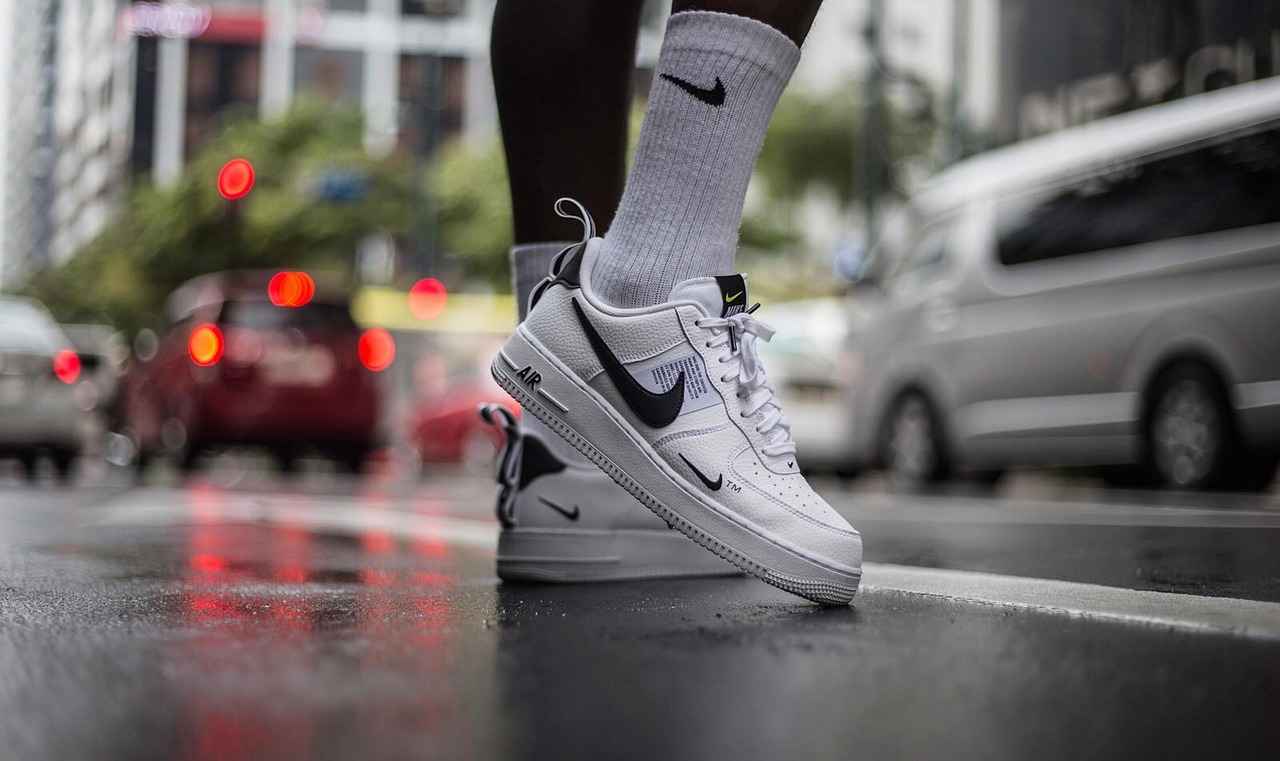
Price Comparison Across Brands
When it comes to the sneaker market, pricing strategies play a crucial role in influencing consumer choices. This section will examine how New Balance positions its prices in comparison to other leading brands such as Nike, Adidas, and Puma. Understanding these pricing dynamics not only sheds light on the perceived value for money but also reveals the brand’s overall market strategy.
New Balance typically adopts a pricing strategy that reflects its commitment to quality and innovation. While their prices can range from affordable to premium, they often aim to provide a balance between performance and cost. For instance, their running shoes might be priced competitively with similar offerings from Nike and Adidas, but they often emphasize unique features such as enhanced cushioning and stability.
In contrast, Nike and Adidas frequently employ a premium pricing strategy, particularly for their latest releases and collaborations. This can lead to higher price points, which some consumers are willing to pay due to brand loyalty and the perception of cutting-edge technology. For example, limited-edition models from these brands can command prices that significantly exceed those of New Balance.
| Brand | Average Price Range | Key Features |
|---|---|---|
| New Balance | $70 – $180 | Comfort, durability, and innovative technology |
| Nike | $90 – $250 | Performance, style, and collaborations |
| Adidas | $80 – $230 | Fashion-forward designs and sustainability |
| Puma | $60 – $200 | Trendy styles and affordable options |
Ultimately, the value for money offered by New Balance can be appealing to consumers who prioritize quality and comfort over brand prestige. As sneaker enthusiasts weigh their options, understanding these pricing strategies will help them make informed decisions that align with their personal preferences and budgets.

Consumer Reviews and Brand Loyalty
Consumer feedback is an essential component in shaping brand loyalty, especially in the highly competitive sneaker market. With the rise of social media and online review platforms, consumers have more power than ever to voice their opinions and experiences regarding products. This section delves into how New Balance fares in consumer reviews compared to other prominent sneaker brands like Nike, Adidas, and Puma, offering insights into customer satisfaction and loyalty trends.
When examining customer reviews, it’s clear that New Balance has cultivated a dedicated following. Many users praise the brand for its comfort and fit, often highlighting the unique sizing options that cater to various foot shapes. This attention to detail fosters a sense of trust and reliability among consumers, which is critical for brand loyalty. In contrast, while Nike and Adidas also receive positive feedback, they often face criticism regarding sizing inconsistencies and comfort levels in certain models.
Moreover, quality and craftsmanship are frequently mentioned in New Balance reviews. Customers appreciate the durability of the materials used, which often leads to repeat purchases. This contrasts with some competitors, where consumers may express concerns over the longevity of their sneakers, especially when considering the price point.
In terms of brand loyalty, New Balance benefits from a community of enthusiasts who actively promote the brand through word-of-mouth and social media. This organic promotion is bolstered by the brand’s commitment to sustainability and ethical manufacturing practices, which resonate with a growing segment of environmentally-conscious consumers.
To further illustrate these trends, a comparative analysis of online reviews shows that while Nike and Adidas dominate in terms of sheer volume, New Balance often scores higher in terms of customer satisfaction ratings. This suggests that while market presence is crucial, the quality of the consumer experience plays an equally significant role in fostering brand loyalty.
In conclusion, understanding consumer feedback is vital for brands looking to enhance loyalty. New Balance’s focus on quality, comfort, and community engagement positions it favorably against competitors, making it a brand of choice for many sneaker enthusiasts.
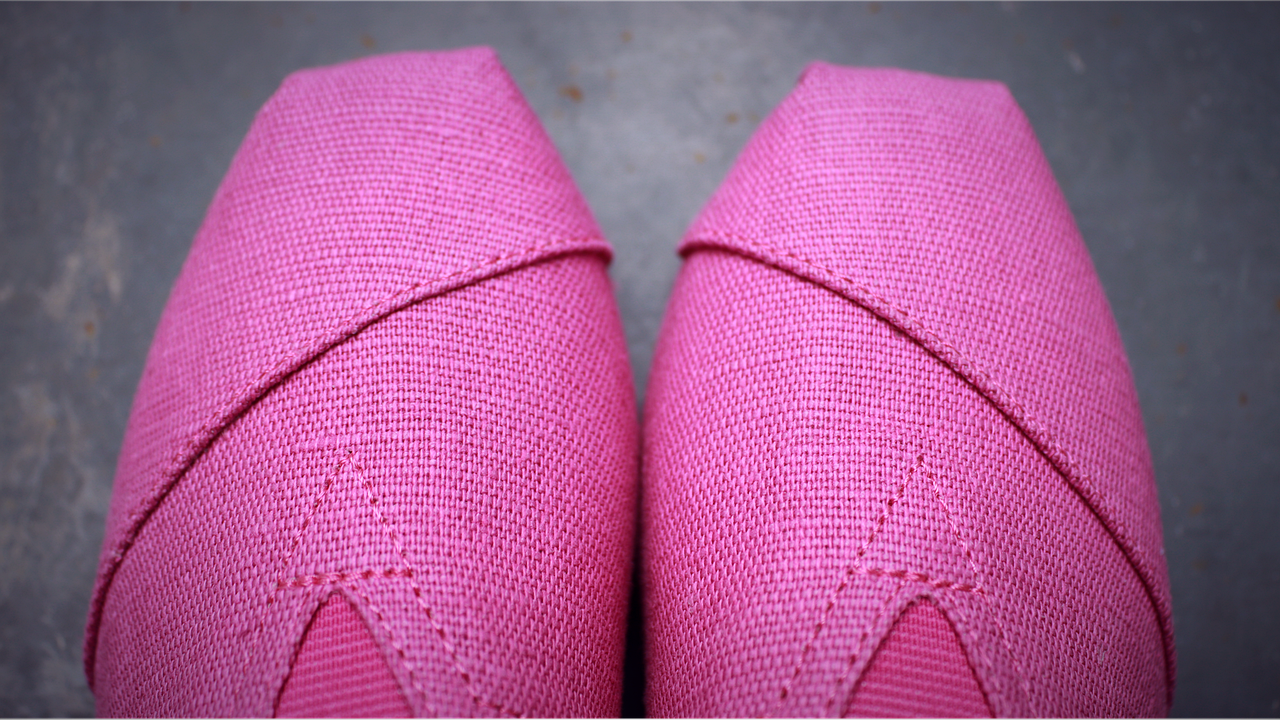
Collaborations and Limited Editions
Collaborations with designers and celebrities have become a significant trend in the sneaker industry, reflecting both cultural influences and consumer desires for exclusivity. This section explores how New Balance has effectively leveraged partnerships to enhance its brand image and market presence, comparing these efforts to similar initiatives undertaken by other leading brands.
New Balance has established a reputation for collaborating with a diverse range of designers, artists, and celebrities. These partnerships often result in limited edition releases that not only generate buzz but also create a sense of urgency among consumers. For instance, collaborations with renowned figures such as Jaden Smith and Salehe Bembury have produced unique sneaker designs that resonate with younger audiences, blending style with street culture.
In contrast, brands like Nike and Adidas have also embraced collaborations, but their approaches often differ. Nike’s partnerships with high-profile celebrities like Travis Scott and Virgil Abloh have resulted in highly coveted collections that frequently sell out within minutes. Similarly, Adidas has teamed up with icons like Kanye West and Pharrell Williams, creating sneakers that not only reflect personal branding but also tap into broader lifestyle trends.
While New Balance’s collaborations often emphasize functionality and comfort, the flashy designs from Nike and Adidas tend to capture attention through bold aesthetics and celebrity endorsements. This difference in approach highlights New Balance’s strategy of appealing to a niche market that values authenticity and craftsmanship over sheer hype.
Moreover, the limited editions released by New Balance frequently showcase innovative materials and sustainable practices, aligning with the growing consumer demand for environmentally friendly products. This commitment to sustainability can distinguish New Balance in a crowded market, where many consumers are increasingly conscious of their purchasing decisions.
Overall, New Balance’s collaborations and limited edition releases reveal a thoughtful approach to brand partnerships, focusing on quality and community engagement. By comparing these initiatives with those of other major sneaker brands, it becomes evident that while each brand has its unique strengths, New Balance is carving out a distinctive identity that resonates with a dedicated consumer base.
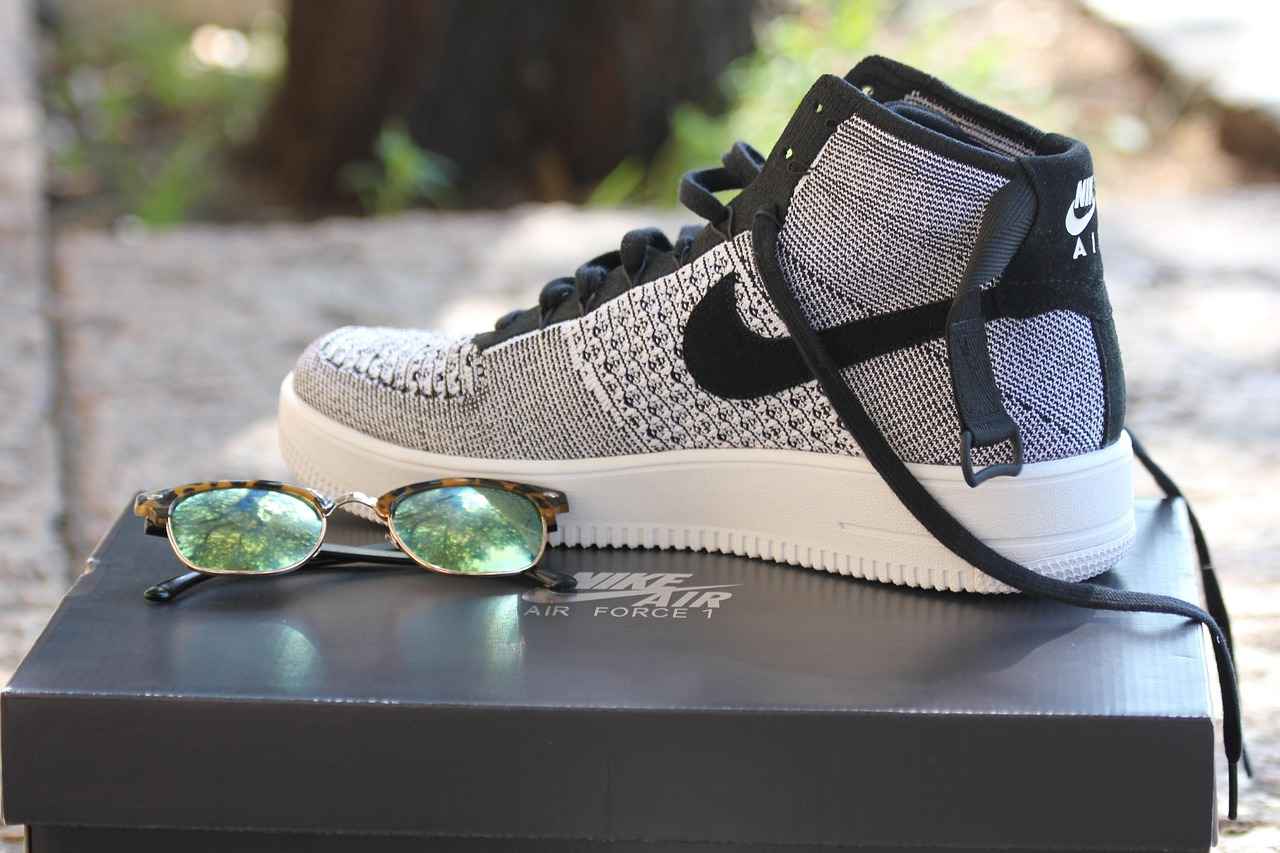
Sustainability Efforts and Initiatives
As the global focus on sustainability intensifies, sneaker brands are increasingly scrutinized for their environmental practices. New Balance has made substantial strides in this area, implementing various initiatives aimed at reducing its carbon footprint and promoting ethical manufacturing processes. In this section, we will explore the sustainability efforts of New Balance and compare them to those of other leading sneaker brands like Nike, Adidas, and Puma.
- New Balance’s Commitment to Sustainability: New Balance has committed to using 100% recycled polyester in its products by 2025. The brand also focuses on reducing waste in its manufacturing processes and has introduced the Green Leaf Standard, which certifies products made with at least 50% environmentally preferred materials.
- Nike’s Move to Zero: Nike is on a mission to achieve zero carbon and zero waste. Its Move to Zero initiative includes innovative recycling programs and the use of sustainable materials in many of its products, including shoes made from recycled ocean plastics.
- Adidas’ Parley Partnership: Adidas collaborates with Parley for the Oceans to create shoes made from recycled ocean plastic. This partnership not only reduces waste but also raises awareness about ocean conservation.
- Puma’s Forever Better Campaign: Puma has launched its Forever Better campaign, which aims to utilize more sustainable materials and practices. The brand is also committed to transparency in its supply chain and reducing its overall environmental impact.
When comparing these efforts, it is evident that while all brands are making progress, they each have unique approaches to sustainability. New Balance distinguishes itself by focusing on local production and community engagement, while Nike and Adidas leverage their global influence to promote large-scale recycling initiatives.
In conclusion, the sustainability landscape in the sneaker industry is evolving rapidly. As consumers become more environmentally conscious, brands like New Balance, Nike, Adidas, and Puma are responding with innovative practices that not only aim to reduce their environmental impact but also resonate with the values of their customers.

Global Presence and Market Reach
New Balance has established a robust global presence that is pivotal to its brand identity. With a history dating back to 1906, the brand has evolved from a small Boston-based company into a global player in the athletic footwear market. Today, New Balance operates in over 120 countries, showcasing its commitment to accessibility and consumer engagement across diverse markets.
When comparing New Balance’s market reach to other leading sneaker brands like Nike and Adidas, it becomes evident that each brand employs unique strategies to capture consumer interest. New Balance focuses on a niche market, emphasizing comfort and performance, which resonates particularly well with runners and those seeking high-quality lifestyle sneakers. In contrast, Nike and Adidas often target a broader audience with aggressive marketing campaigns and collaborations that appeal to younger demographics.
The implications of New Balance’s global strategy are significant. By maintaining a strong presence in both urban and suburban areas, the brand ensures that its products are accessible to a wide range of consumers. This accessibility is further enhanced by the brand’s commitment to sustainability and local manufacturing, which fosters a sense of community and loyalty among consumers.
Moreover, New Balance’s approach to consumer engagement sets it apart. The brand actively participates in local events and collaborations with community organizations to strengthen its ties with consumers. This strategy not only enhances brand visibility but also builds trust and loyalty, which are essential in today’s competitive market.
- Market Penetration: New Balance’s focus on specific markets allows for tailored marketing strategies that resonate with local consumers.
- Consumer Accessibility: By offering a diverse range of products, New Balance ensures that it meets the needs of various consumer segments.
- Sustainability Efforts: The brand’s commitment to eco-friendly practices appeals to a growing demographic concerned with environmental impact.
In summary, New Balance’s global presence not only enhances its brand identity but also plays a crucial role in its market reach and consumer accessibility. By focusing on quality, community engagement, and sustainability, New Balance successfully carves out its niche in the competitive sneaker landscape.

Style and Aesthetic Appeal
The style and aesthetic appeal of sneakers play a crucial role in influencing consumer choices. As sneaker culture continues to evolve, brands like New Balance have carved out a unique identity that resonates with various demographics. This section delves into the design philosophies of New Balance and compares them to the styles offered by competitors such as Nike, Adidas, and Puma.
New Balance is renowned for its commitment to functionality and comfort, which is often reflected in its minimalist yet stylish designs. The brand emphasizes a balance between performance and everyday wear, making their sneakers versatile for both athletic and casual settings. For instance, the iconic 990 series showcases a blend of retro aesthetics and modern technology, appealing to consumers who appreciate both heritage and innovation.
In contrast, brands like Nike and Adidas often focus on bold, eye-catching designs that prioritize trendiness. Nike, for example, frequently employs vibrant colors and unique silhouettes to attract younger audiences, while Adidas leans towards a more streetwear-inspired approach with collaborations that emphasize cultural relevance. This difference in design philosophy highlights how each brand positions itself within the sneaker market.
- New Balance: Emphasizes comfort and classic styles.
- Nike: Focuses on bold designs and performance-driven aesthetics.
- Adidas: Blends streetwear culture with innovative technology.
- Puma: Combines sporty elements with fashion-forward designs.
Furthermore, New Balance’s use of premium materials and attention to detail in craftsmanship often sets it apart from competitors. Consumers who prioritize quality and durability may find New Balance sneakers more appealing, as these factors contribute to the overall aesthetic value of the product.
In summary, the aesthetic appeal of sneakers is not solely about looks; it encompasses the brand’s philosophy, target audience, and the emotional connection consumers have with the designs. As sneaker enthusiasts continue to seek out styles that reflect their personal identity, New Balance’s unique approach to design will likely keep it relevant in a competitive market.

Future Trends in the Sneaker Industry
The sneaker industry is constantly evolving, influenced by shifting consumer preferences, technological advancements, and environmental considerations. As we look to the future, several key trends are emerging that could significantly shape the market landscape. In this context, New Balance stands at a pivotal point, ready to adapt and innovate alongside its competitors.
- Emphasis on Sustainability: As consumers become more environmentally conscious, brands are increasingly focusing on sustainable practices. New Balance has already made strides in this area, using recycled materials and eco-friendly manufacturing processes. This commitment could resonate well with consumers who prioritize sustainability in their purchasing decisions.
- Customization and Personalization: The demand for personalized products is on the rise. New Balance might enhance its offerings by providing more customization options, allowing consumers to create unique designs that reflect their individual styles. This trend is already being embraced by other brands, making it essential for New Balance to keep pace.
- Technological Integration: The integration of technology into sneakers is another trend that is likely to continue. Features such as smart sensors and fitness tracking capabilities are gaining popularity. New Balance could explore partnerships with tech companies to incorporate these innovations into their product lines, enhancing the user experience.
- Health and Wellness Focus: With an increasing emphasis on health and wellness, athletic footwear that supports active lifestyles is in high demand. New Balance, known for its comfortable and supportive designs, is well-positioned to cater to this market segment by highlighting the performance and health benefits of its products.
- Inclusivity and Diversity: Consumers are seeking brands that reflect diverse identities and inclusive practices. New Balance’s commitment to inclusivity in sizing and marketing can help it resonate with a broader audience, setting it apart from competitors who may not prioritize these values.
In summary, as the sneaker industry evolves, New Balance has the opportunity to leverage these trends to enhance its market position. By embracing sustainability, customization, technology, health, and inclusivity, the brand can not only meet but exceed consumer expectations, ensuring its relevance in a competitive landscape.
Frequently Asked Questions
- What makes New Balance different from other sneaker brands?
New Balance stands out due to its commitment to quality craftsmanship and innovative technology, focusing on comfort and support. Unlike some brands that prioritize flashy designs, New Balance emphasizes functionality, making it a favorite among serious athletes and casual wearers alike.
- Are New Balance sneakers worth the price?
Absolutely! While New Balance sneakers might be priced higher than some competitors, they offer exceptional durability and comfort. Many users find that investing in a quality pair pays off in the long run, as they often last longer and provide better support.
- How does New Balance approach sustainability?
New Balance is increasingly focusing on sustainability by implementing eco-friendly practices in production and sourcing materials. They aim to reduce their environmental footprint, which resonates with consumers who prioritize sustainable brands.
- What types of consumers prefer New Balance?
New Balance appeals to a diverse demographic, including serious runners, fitness enthusiasts, and those seeking stylish yet comfortable lifestyle sneakers. Their inclusive sizing and wide fit options also attract consumers looking for comfort without compromising style.
- How do New Balance sneakers compare in terms of performance?
New Balance sneakers are known for their performance features, such as advanced cushioning and stability technologies. When compared to other brands like Nike and Adidas, many users report that New Balance offers a unique balance of comfort and performance, especially for long-distance running.
